SIDE CROW: POSE TUTORIAL
UNLOCK YOUR ARM BALANCE PRACTICE
SIDE CROW
SIDE CROW: POSE TUTORIAL
Side Crow is a challenging yoga posture, but it is more accessible than most people think. There are ways of “cheating” in the posture that can make the shape more attainable, such as placing your hip on your elbow. In this tutorial, we won’t be going over that version. The intent here is not to help you attain a shape but rather for you to gain both a greater awareness of how your body works and ways in which you can strengthen it. As a result of increased strength and body awareness, postural attainment is inevitable, but the process is far more fulfilling and long-lasting.
WRIST STRENGTH TO BREAK THE FEAR
Side Crow is a yoga pose that requires a twist of the spine, and like all other arm balances, upper body strength and technique are a must. The most important muscle group to strengthen is the flexors of your wrists. These are the muscles that stop you from falling, and since fear of falling often holds people back, you will want to make sure these muscles are ready for the job. The easiest way to strengthen the flexors of the wrists is to start gripping your fingers into the ground. Of the muscles in this muscle group, 2 are in charge of finger flexion as well. Finger flexion is like making a fist or grabbing something. Grip the ground in postures like All 4s, Down Dog, Plank Pose, and Chaturanga, and with repetition, you will get stronger and stronger.
STRENGTH
Yoga For Strength: Strengthen Your Weaknesses • Maximize Your Physical Potential
- 12 classes: Each class targets a specific muscle group
- Strengthen your core, back, hips, shoulders, wrists, ankles, legs, and arms
- Includes Side Crow, Jump Forwards, Flying Pigeon
- Learn creative ways to strength train within the context of a yoga practice
- Increase mobility by balancing your strength with oppositional muscle groups
- Joyful accountability to help you reach your practice goals
SALE PRICE: $138.00 $128.00
UPPER BODY STRENGTH FOR ARM BALANCES
The second important muscle group to focus on when working toward Side Crow are the shoulder muscles, namely the serratus anterior, rotator cuff, anterior deltoids, and pectoralis muscles. For the purpose of this article, we don’t need to get into what each of these muscles does; just know that they form the structure for your arm balances. Mostly, what you need to do is try and maintain Plank Pose with a rounded, full upper back, where your shoulder blades are apart from each other. Minimize the elbow bend — most people bend their elbows too much and lose stability in the upper body, making the foundation spongy. A microbend at the elbows is all you need. See the video below to get an idea of how much to bend.
THE PRIMARY AND SECONDARY FOUNDATIONS
Now let’s get to the good stuff! All arm balances have what I call “2 foundations.” You have the primary foundation, which is the hands — this is most important. Then the second foundation is where the leg(s) rests upon the arm. With all foundations, we want to dig downward like a tree rooting into the soil. The fingers gripping the earth is a downward dig. For Side Crow, our second foundation is where the thigh connects to the arm. If you press the thigh down into the arm, your hips magically lift. It’s not magic actually; that’s just the mechanics and science. In this case, the muscles that do the pressing down are called the abductors (gluteus medius, gluteus minimus, gluteus maximus, and tensor fasciae latae). To get these stronger, follow along with the video below.
SPINAL AWAKENING
November 2021 Immersion
- Twists • Side Bends • Forward Folds • Heart Openers
- Learn techniques to strengthen & mobilize your spine
- Release back tension and discomfort
- Twelve 75-minute classes, all levels appropriate
- Advance your postural practice
- Lifetime unlimited access to all
$148.00 $118.00
THE CORE: WHY ARE THE LEGS APART?
The last point of discussion is what connects the upper body and lower body: the obliques. Because this posture is a twist, the major core muscles that we need to activate are the external obliques. These muscles will help us to twist, and in the case of Side Crow, we can actually use them to untwist. This is confusing, but once you are in the shape of Side Crow, you are working to untwist along with the abductors, which will keep your buttocks up high and make the posture feel light instead of heavy. In the video, I go over some oblique warm-ups. When you are in Side Crow, it is quite hard to think about untwisting, which is why I show you a technique hack. By abducting the legs away from each other in Side Crow, you will automatically untwist the spine, and your hips will have to lift upward. The abductors of the hips and the obliques work together in this action, and you won’t have to waste brainpower trying to make it happen.
ARM BALANCES
Learn 12+ arm balances while expanding your knowledge of the body and increasing your body awareness. All classes are 75 minutes and ALL-levels appropriate
- Crow Pose, Side Crow, and variations
- Flying Pigeon, Koundinyasana 1 & 2
- Titibhasana, Bhujapidasana
- Handstand, Forearm Stand, and many more!
SALE PRICE: $198.00 $128.00
Continue Learning
Redefine Chaturanga
Redefine ChaturangaALIGNMENTREDEFINE CHATURANGA To redefine Chaturanga, we first have to be willing to challenge what we think we already know. Many of us were taught a narrow-hand, elbows-tight variation of the pose—elbows hugging the ribs, hands close beneath the...
Tight Hips
Tight HipsHIP MOBILITYTIGHT HIPS When working to release tight hips, most people instinctively go straight for deep stretches. But one often overlooked area that holds a surprising amount of tension is the adductorS (the inner thigh muscles) that connect to the...
Retraction Of The Scapula
Retraction Of The ScapulaSHOULDER ACTIONSRETRACTION OF THE SCAPULA It may appear that scapular retraction holds less weight in finding deeper backbends, but this action can be quite significant in what we experience when it comes to strength, stability, and...
Conquering Compass Pose
Conquering Compass PoseSURYA YANTRASANACONQUERING COMPASS POSE Conquering Compass Pose isn’t about forcing your leg behind your shoulder—it’s about understanding and participating in the muscular coordination that makes the posture possible. The real power comes from...
Leg Over Head Pose
Leg Over Head PoseEKA PADA SIRSASANALEG OVER HEAD POSE Leg Over Head Pose is one of those postures that challenges not only our bodies but also our mindset. When faced with a seemingly impossible pose, we tend to respond in one of three ways: dismissing it as...
Spanda In Backbends
Spanda In BackbendsSIDE PLANKSPANDA IN BACKBENDS Spanda in backbends is the key to creating both stability and freedom in spinal extension. Backbends are not just about bending; they require a balance between expansion and controlled engagement to prevent excessive...
NEW RELEASES
-
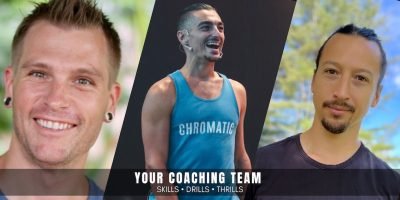
Handstand 3 Day Training
Read more -
Sale!
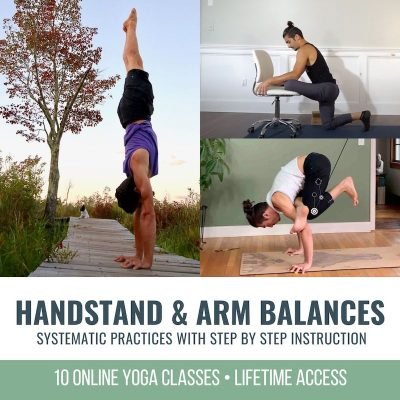
Handstand and Arm Balances
Original price was: $168.00.$98.00Current price is: $98.00. Add to cart -
Sale!
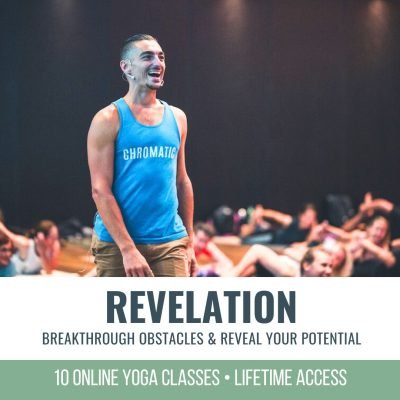
Revelation
Original price was: $168.00.$128.00Current price is: $128.00. Add to cart -
Sale!
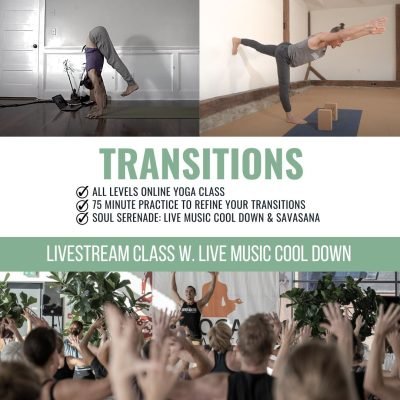
Transitions
Original price was: $4,200.00.$28.00Current price is: $28.00. Add to cart
THE FREE TECHNIQUE PACK
When You Subscribe, You Will Get Instant Access to
- the Technique Pack: 15 yoga pose breakdowns
- exclusive online course discounts
- exclusive blogs and videos

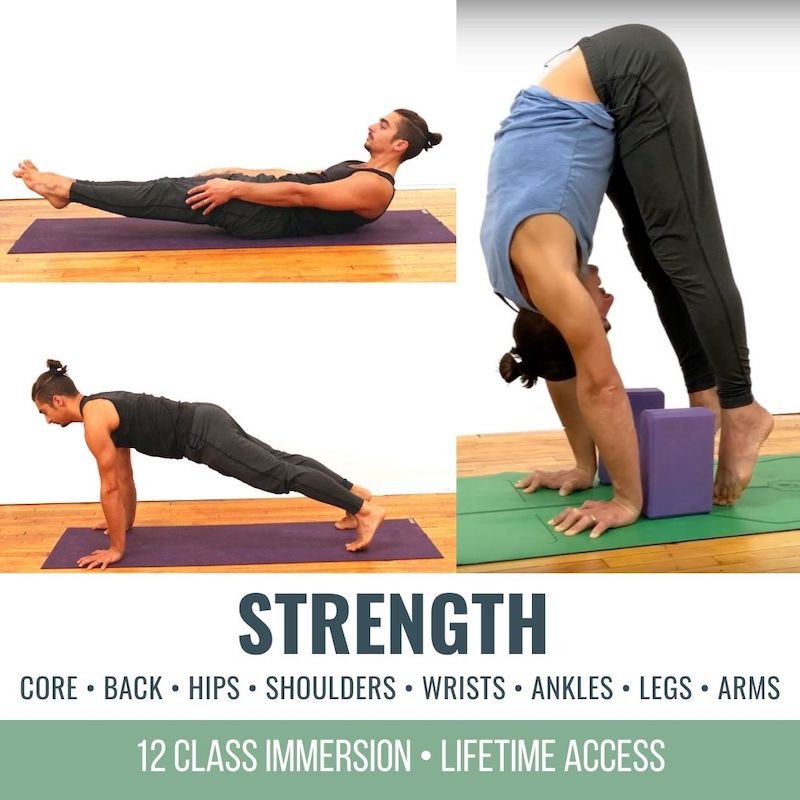
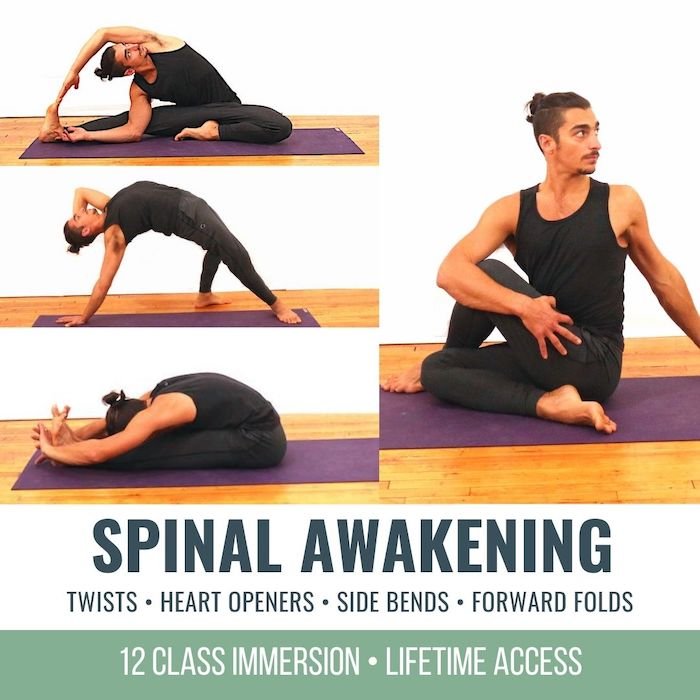

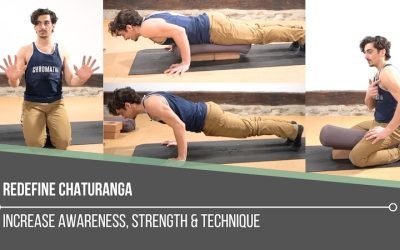
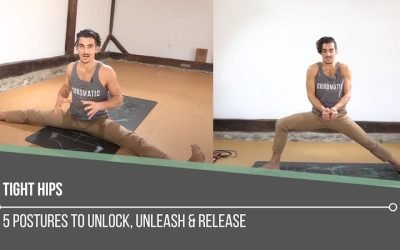
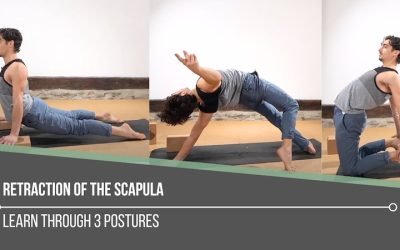
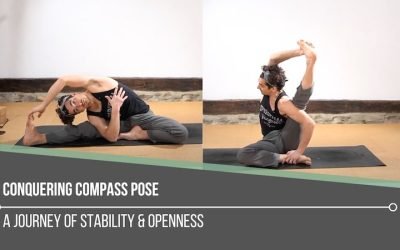
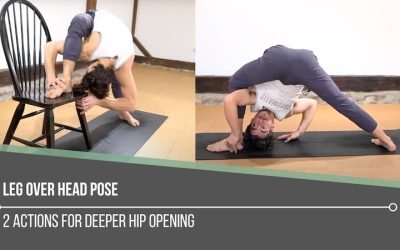
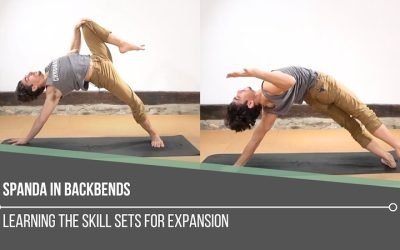
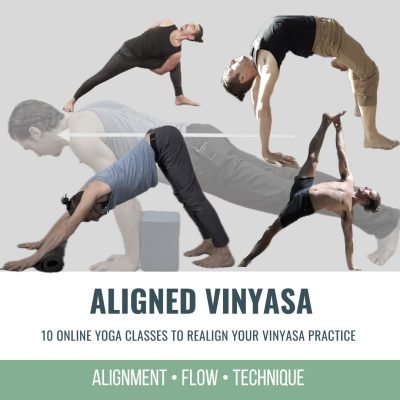
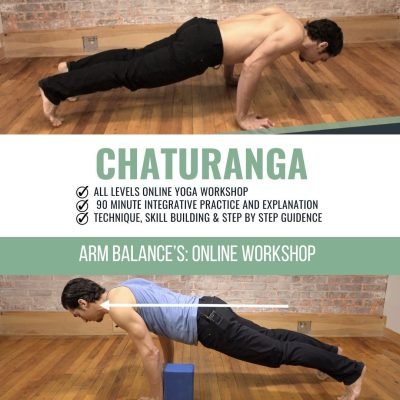
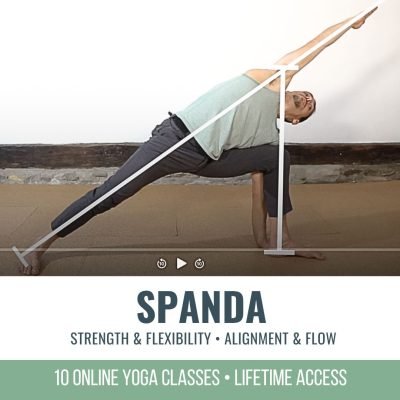
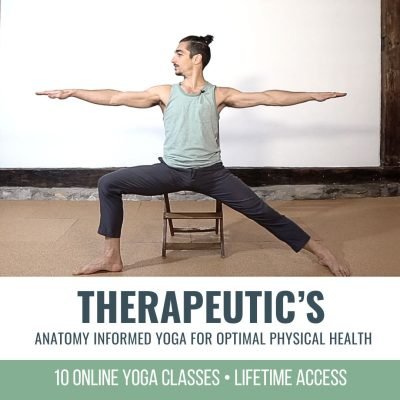


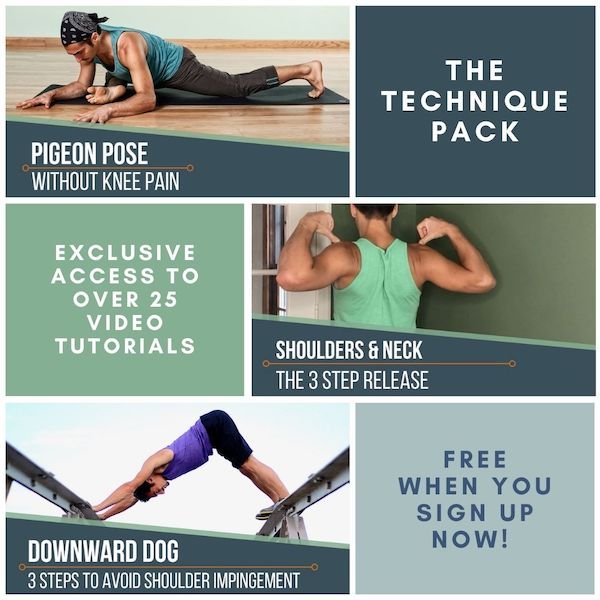
Share This!
Hey. thank you for reading. If this is helpful please share it!